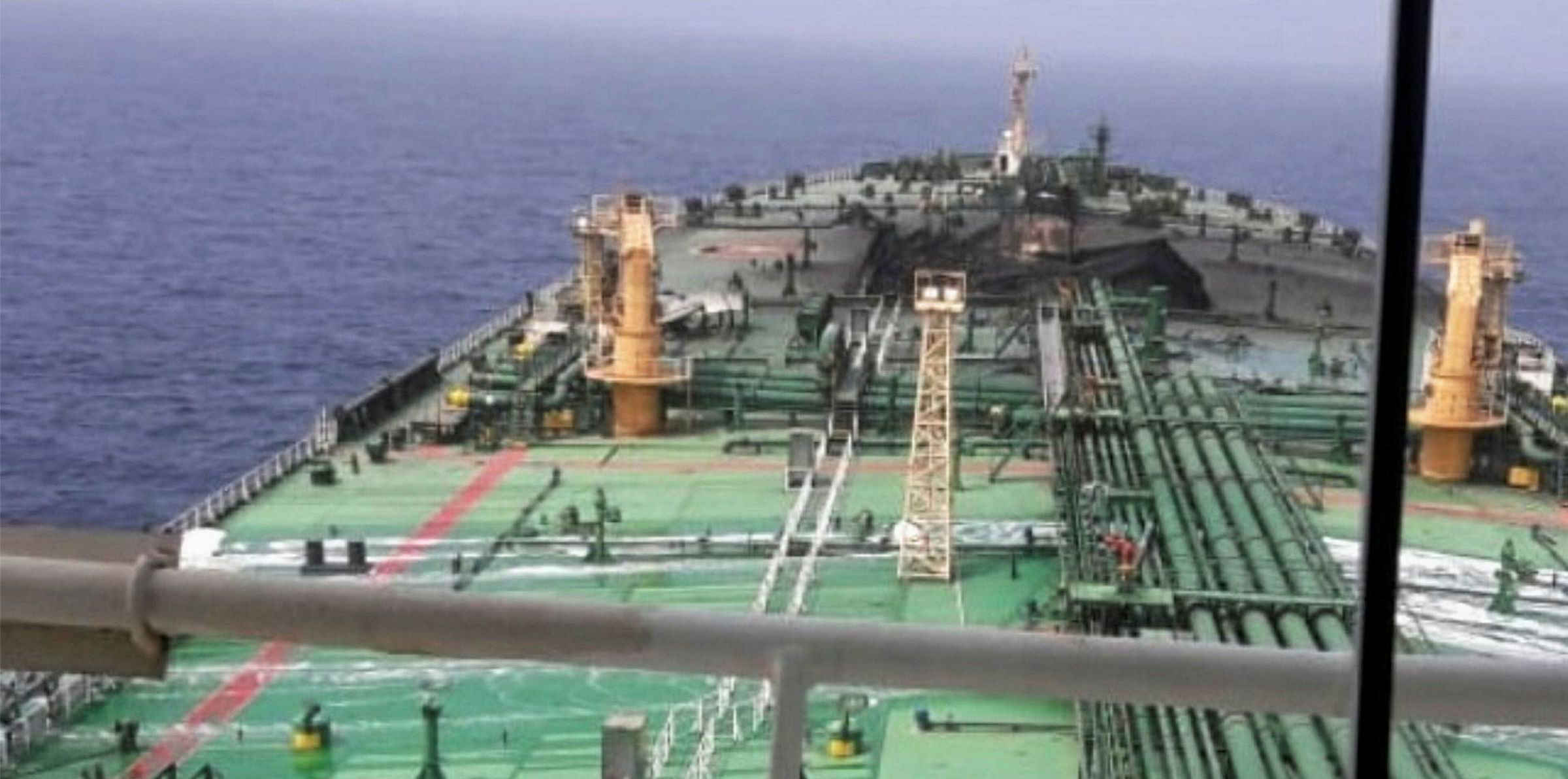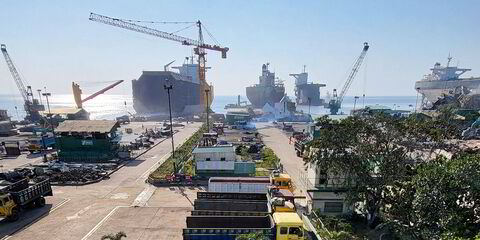Two separate explosions on VLCCs in recent weeks have raised concerns over tanker safety.
Last week, Shipping Corp of India's 316,217-dwt VLCC Desh Vaibhav (built 2005) suffered an explosion off the coast of Muscat, Oman.
The incident was severe enough for some of the crew to evacuate by lifeboat, with four jumping into the sea. Two members were flown to hospital, and all of the crew has now been accounted for.
SCI said the explosion originated in one of the cargo tanks. Although it did not indicate which one, TradeWinds understands it was in one of the forward cargo tanks.
Automatic identification system data indicates the tanker was in ballast at the time of the incident.
Gas bubble
Although the cause of the explosion has not been determined, experts suggest that such explosions during a ballast voyage are usually caused by a build up of gases in the empty cargo holds.
However, the vessel was able to continue under its own power and declined assistance from Resolve Maritime and Smit Salvage, whose tugs were on site.
SCI said the tanker is now heading for the nearest port for damage assessment.
This incident is very different from the one reported on Ship Finance International’s 298,000-dwt VLCC Front Hakata (built 2002), which suffered an engine-room fire off Japan a week earlier.
The Front Hakata was left without power and forced to go under tow under a general-towage contract.
TradeWinds understands the Front Hakata fire was a mechanical problem and caused by a turbo-charger failure. The fire was extinguished within a few hours.



